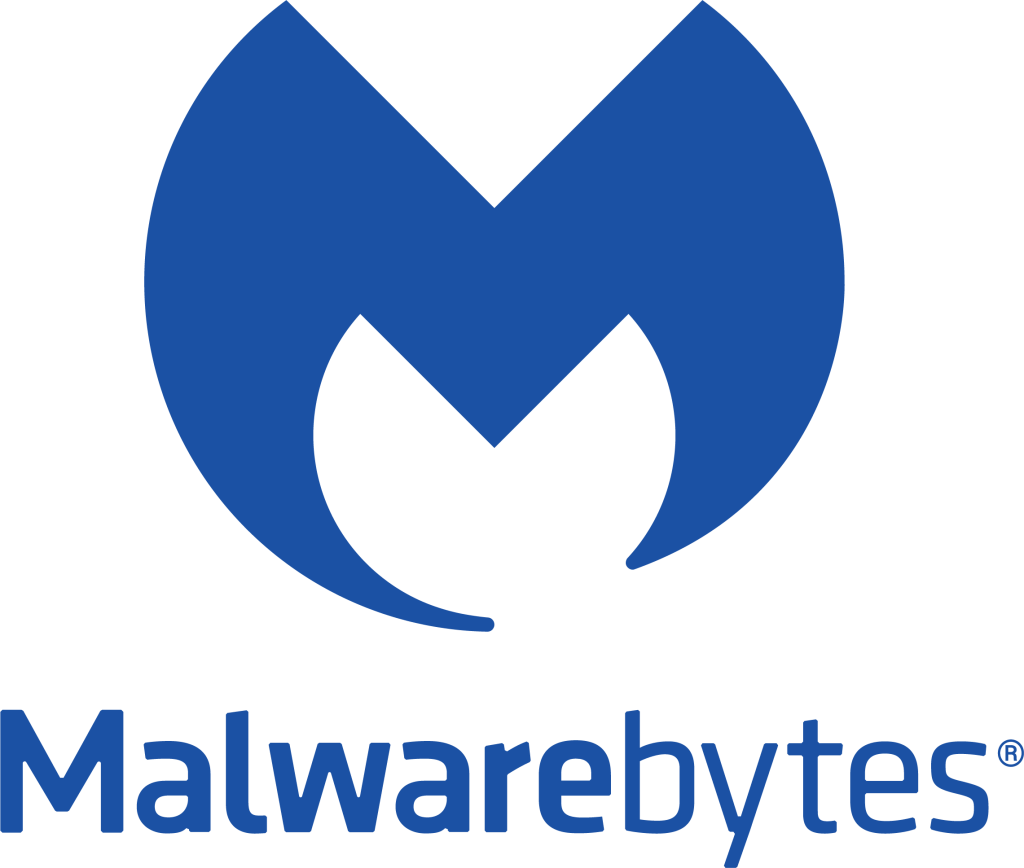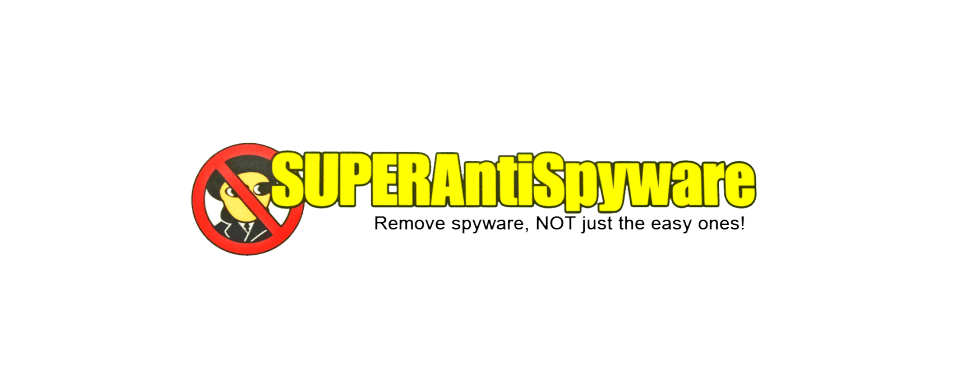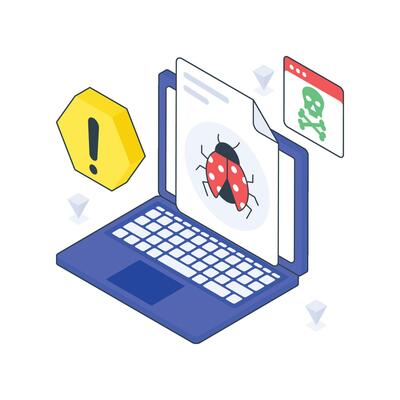This guide assumes you have a basic understanding of how to download and install programs, as well as the ability to make simple observations about what’s running on your system. Using the free virus and malware removal tools outlined here, you’ll be able to detect and eliminate most threats, including spyware, adware, and other unwanted programs. However, some malware is designed to evade detection by disguising itself as legitimate processes or embedding itself deep within the system, making it necessary to take matters into your own hands. This process takes time—especially when running full system scans—but it becomes easier the more you do it. By following these steps, you’ll gain the skills needed to manually investigate suspicious activity, monitor network connections, and remove threats effectively, keeping your system secure.
1. Scan for Malware with Malwarebytes

Malwarebytes is a reliable tool for detecting and removing viruses, spyware, adware, and other threats.
- Download & install Malwarebytes from its official website (free version works for scanning).
- Run a full system scan—this may take time but is essential.
- Review and remove threats found during the scan.
- Restart your computer after the removal process.
2. Run a Secondary Scan with SuperAntiSpyware

A second scan can catch anything Malwarebytes might have missed.
- Download & install SuperAntiSpyware (free version is sufficient).
- Run a full scan and let it complete.
- Review and remove any detected threats.
- Restart your computer to apply changes.
3. Fix System Issues with Tweaking.com Windows Repair

Malware can alter system settings or corrupt files. This tool helps restore stability.
- Download & install Windows Repair from Tweaking.com.
- Run a Pre-Scan to check for issues like missing files or broken registry entries.
- Apply repairs to reset permissions, fix updates, and restore system functionality.
- Restart your computer after making repairs.
4. Monitor Network Activity with TCPView

Some malware secretly connects to the internet—TCPView helps track this activity.
- Download & open TCPView (no installation needed).
- Check active connections to see which processes are using the internet.
- Identify suspicious activity—search unknown processes online.
- Stop unwanted connections by right-clicking and selecting “End Process.”
- Take note of any suspicious programs for removal.
5. Identify Background Processes with Process Explorer
Some harmful programs run in the background unnoticed.
- Download & open Process Explorer (no installation needed).
- Review running processes and their resource usage.
- Search unfamiliar processes online for verification.
- Kill malicious processes if necessary.
- Take note of any suspicious software for later removal.
6. Manage Startup Programs with Autoruns
Malware often configures itself to launch at startup, slowing down your system.
- Download & open Autoruns (no installation required).
- Review startup programs and look for anything unusual.
- Search suspicious entries online to verify their legitimacy.
- Disable unnecessary programs by unchecking them.
7. Uninstall Unwanted Programs
Remove any identified threats or unnecessary software.
- Go to Control Panel > Programs & Features (or Settings > Apps on Windows 10/11).
- Review installed programs and compare them with your notes.
- Uninstall suspicious or unneeded software.
- Restart your computer to finalize changes.
This version keeps all the essential steps while making the guide easier to follow. Let me know if you’d like any adjustments! By following this guide, you now have the tools and knowledge to perform free virus and malware removal, ensuring your system stays clean and secure. Using trusted software like Malwarebytes, SuperAntiSpyware, and Windows Repair, along with manual investigation tools like TCPView, Process Explorer, and Autoruns, you can detect and eliminate even the most stubborn threats. While the process can be time-consuming—especially full system scans—the more you do it, the easier it becomes. With practice, you’ll be able to quickly identify suspicious activity, remove harmful programs, and maintain a safe, optimized computer. Keep these steps in mind, stay vigilant, and take control of your system’s security.🚀
If you believe your system has come in contact with a file infector please check this guide for analysis and removing file infectors. We also have an article for learning how to create a safe malware and virus testing environment with virtual machines. Follow us for more guides to help you stay more digitally vigilant!

